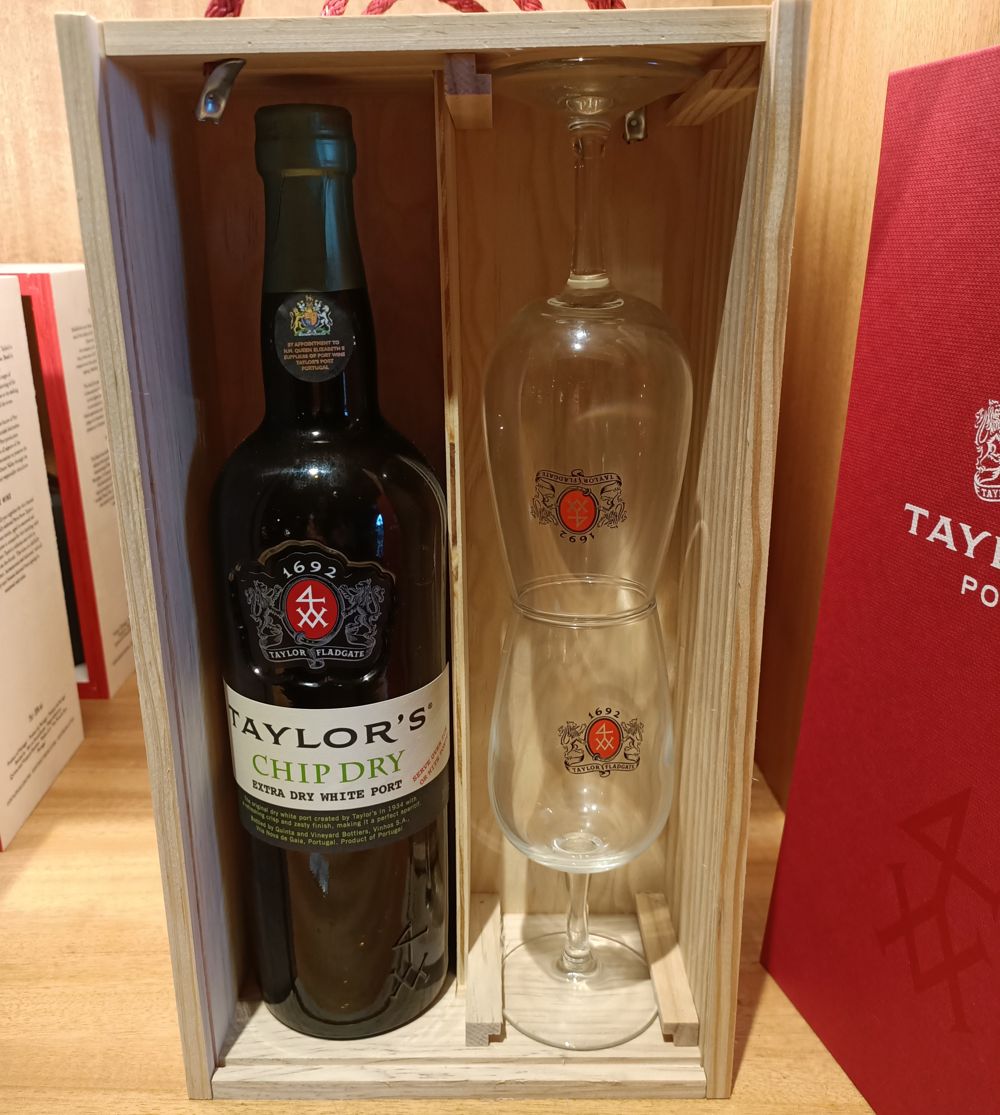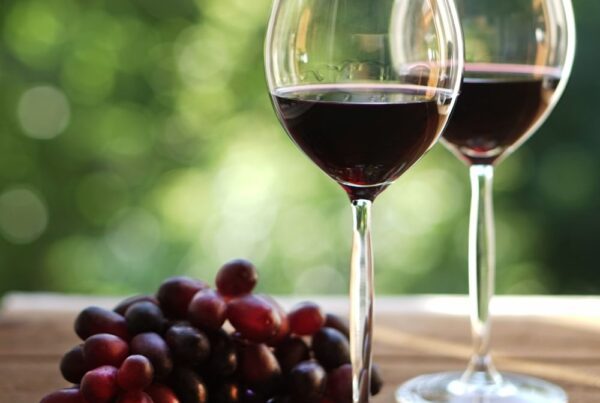If you love white wines, then White Port is a must try wine for you.
In this article, you will learn what White Port is, what it tastes like and everything else you need to know about it.
Quick answer: White Port is a fortified wine from Portugal made using white grapes. It comes in a variety of styles, colors and sweetness levels.

Contents
- 1 What is White Port?
- 2 What White Port tastes like
- 3 White Port alcohol content
- 4 How White Port wine is made
- 5 Types of White Port
- 6 White Port sweetness levels
- 7 How to drink White Port
- 8 Key differences between White Port vs Port
- 9 What temperature to serve White Port
- 10 How to store unopened White Port
- 11 How to store White Port after opening
- 12 How long White Port lasts after opening
What is White Port?
Port wine is a fortified wine from the Duoro region in Portugal. Fortified wines are wine that have grape spirit added to a base wine.
The majority of Port wine is made with red grapes, but White Port is made with white grapes.
White Port Wines come in a range of different colors from pale straw to golden and amber. The color is closely related to how it is produced and aged.
Wood ageing changes the color of the wine. Typically, the longer it is aged in wood, the darker the color of White Port will become.
Most White Port is a blend of different harvests and are matured in oak barrels and stainless-steel vats.
There are different styles of White Port that have different aging periods and sweetness levels.

What White Port tastes like
White Port (like its Ruby counterpart) is sweet and full-bodied with intense aromas and flavors.
As mentioned previously, White wine comes in different sweetness levels, but even White Ports labelled “Extra Dry” have a hint of sweetness to them.
Young White Port has fresh fruity and floral aromas.
Aged and mature White Ports develop complex tertiary aromas such as nuts, honey and dried fruits (apricots).
White Port alcohol content
White Port wine alcohol content ranges between 19-22% ABV. In practice, many White Ports are around 19-20% ABV.

How White Port wine is made
White Port is made in a similar way to Ruby Port but using white grapes instead of red grapes.
The grapes used to make White Port include:
- Viosinho
- Malvasia Fina
- Verdelho
- Rabigato
- Códega
- Esgana Cão
- Gouveio
- Folgasão
- Arinto
- Boal (Semillon)
The grapes are handpicked and sorted. Then, they are crushed and fermented in a shallow granite trough, known as a lagar.
White Port wines are generally produced using two technologies: vinification with skin maceration, where there is some contact with the grape skins; and vinification with an open spout, where the must ferments without contact with the solid masses.
The length of fermentation depends on the style of wine being made. Extra-dry, dry or semi-dry White Port requires longer fermentation periods, as the residual sugar content will have to be lower.
After the grape juice is fermented into alcohol, the juice is drained into another container where it is fortified with grape spirit.
The grape spirit, also known as the “aguardante”, is colorless and odorless. The wine and grape spirit are mixed in a ratio of 4:1 (80% wine to 20% grape spirit). The result is a sweet fortified wine.
From here, the fortified wine is drawn into a large vat where it is left to settle over the winter.
In spring, the selection and first batches of wines take place, and the wine is classified according to its potential. The location for aging the wine is also defined: the Douro Region or the Vila Nova de Gaia warehouse.
It is the differences in maturation (how long it is aged and in what vessel) that result in the differences in color and flavors of White Ports.
For a more detailed breakdown of how Port is made see our article How Port is made.
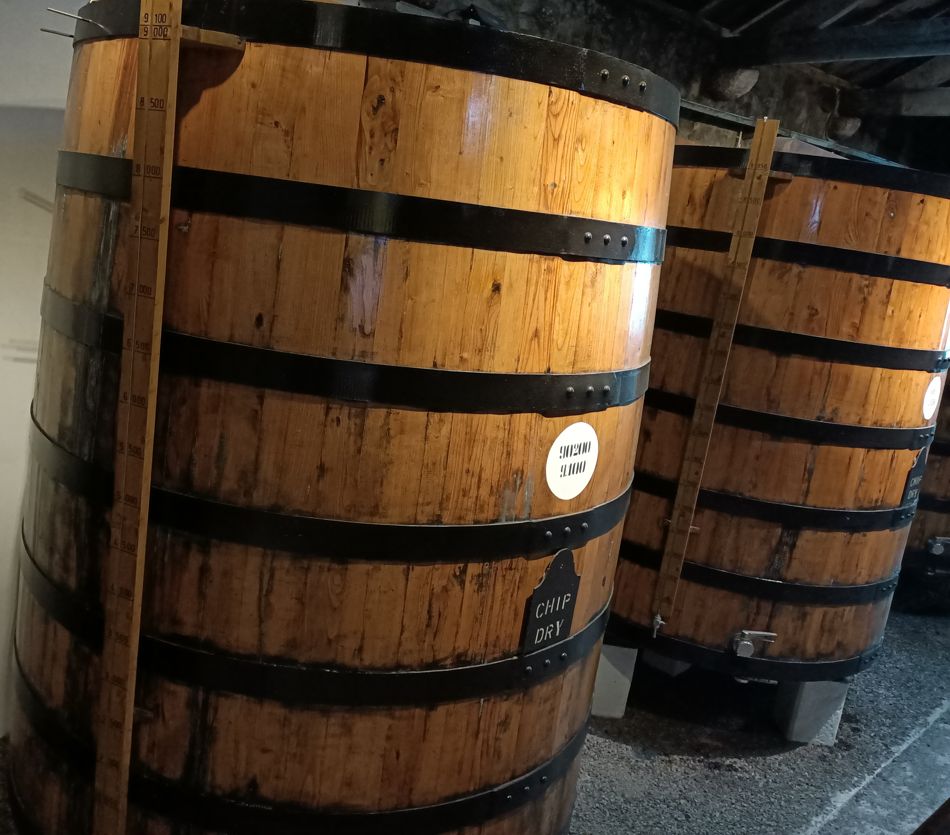
Types of White Port
The Instituto do vinho do Porto classifies White Port as follows:
White Reserve
Very good quality White Port wine, obtained by blending white wines with varying degrees of aging. Reserve White Port must be aged in wood for a minimum of 6 years.
White with Indication of age
White Port wines of high or exceptional quality. They are made by blending white wines of varying degrees of aging, in order to achieve an average age indicated on the labels: 10 years, 20 years, 30 years, 40 years and 50 years.
Very, Very Old
White Port Wines over 80 years old. Rare wines that display the maximum expression of the complexity associated with the oxidative aging of white wines.
They are balanced, intense, complex with a long finish. They are wines of exceptional quality.
Harvest Date/White Colheita
Port wines from a single harvest (year), with aromas of dried fruits, honey and spices more pronounced in older wines.
They are usually less full-bodied than “Tawny” style wines of the same age.
These wines often have remarkable elegance and intensity.
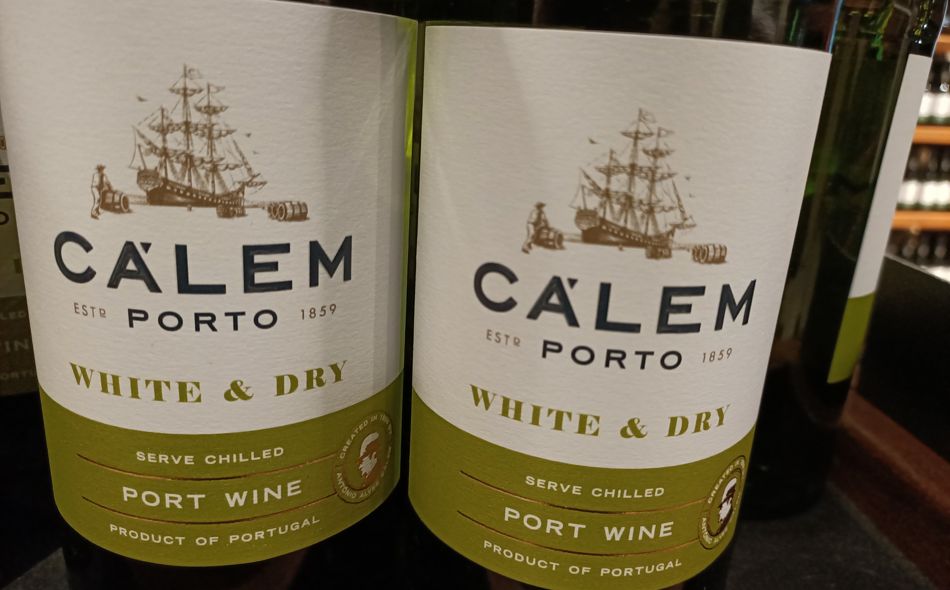
White Port sweetness levels
White Port can be classified into the following categories that are an indication of sweetness levels:
- Extra Dry
- Dry
- Semi Dry
- Sweet
- Lágrima/Extra Sweet
| Port Sweetness Class | Sugars (g/l) |
| Extra Dry | <40 |
| Dry | 40-65 |
| Semi Dry | 65-85 |
| Sweet | 85-130 |
| Lágrima/Extra Sweet | >130 |
Dry White Ports
Even the so-called dry and extra-dry Ports have some sweetness to them; for example, Taylor’s Chip Dry White Port, which is an extra-dry Port, did not taste completely dry when I tasted it at Taylor’s.
Dry White Port wines are typically aged for 2-5 years.

Sweet White Port
Sweet White Port wines have between 90 and 130 g/l of sugar. They are made by blending wines of different ages.
Lágrima Port
The word “lágrima” translates as “tears”. The name comes from the pattern of “tears” that run down the wine glass.
Because it is a very sweet wine, it is often served with dessert or cheese.
Lágrima Port usually has more than 130 g/l of sugar.
Reserve White Port
Reserve White Ports are very high-quality wines made from blends and aged in wood for at least six years.
Calém winery produces a White Port that is aged for 10 years.
They have amber tones and complex flavors.

How to drink White Port
Young White Port makes an excellent an apéritif (drink before dinner). Serve chilled.
Aged White Port can be served as a dessert wine or with a cheese course.
White Port can also be used to make cocktails and mixed drinks like Porto Tonico.
Key differences between White Port vs Port
See the table below for the key differences between White Port and other styles of Port.
| Port Type | Grapes | Color | Flavors | Sweetness |
| White | White | Straw, gold, amber | Fruity, floral, honey, | Extra Dry to Very Sweet |
| Ruby | Red | Ruby, garnet | Berries, chocolate, coffee, toffee | Sweet |
| Tawny | Red | Tawny to brown | Chocolate, toffee, coffee, nuts, dried fruit | Sweet |
| Rosé | Red | Pink | Fruity, floral | Sweet |
What temperature to serve White Port
Serve White Port well chilled, between 6ºC to 10ºC (43-50ºF).
How to store unopened White Port
Store unopened White Port upright, protected from direct sunlight and at a cool and constant temperature.
How to store White Port after opening
Store White Port in the fridge after opening. Replace the cap securely immediately after use and put it in the fridge.
How long White Port lasts after opening
White Port will last 2-4 months if stored correctly after opening.
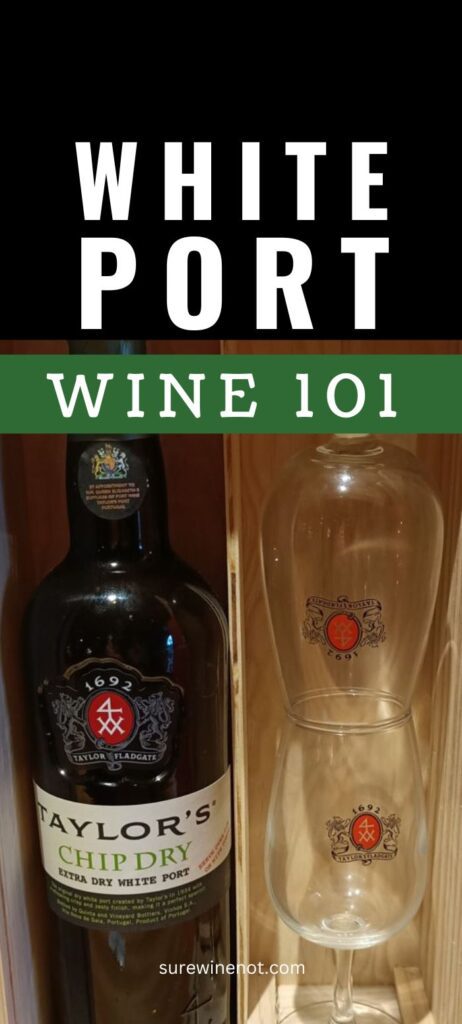
Read with confidence: I am a certified wine expert (WSET L3).


